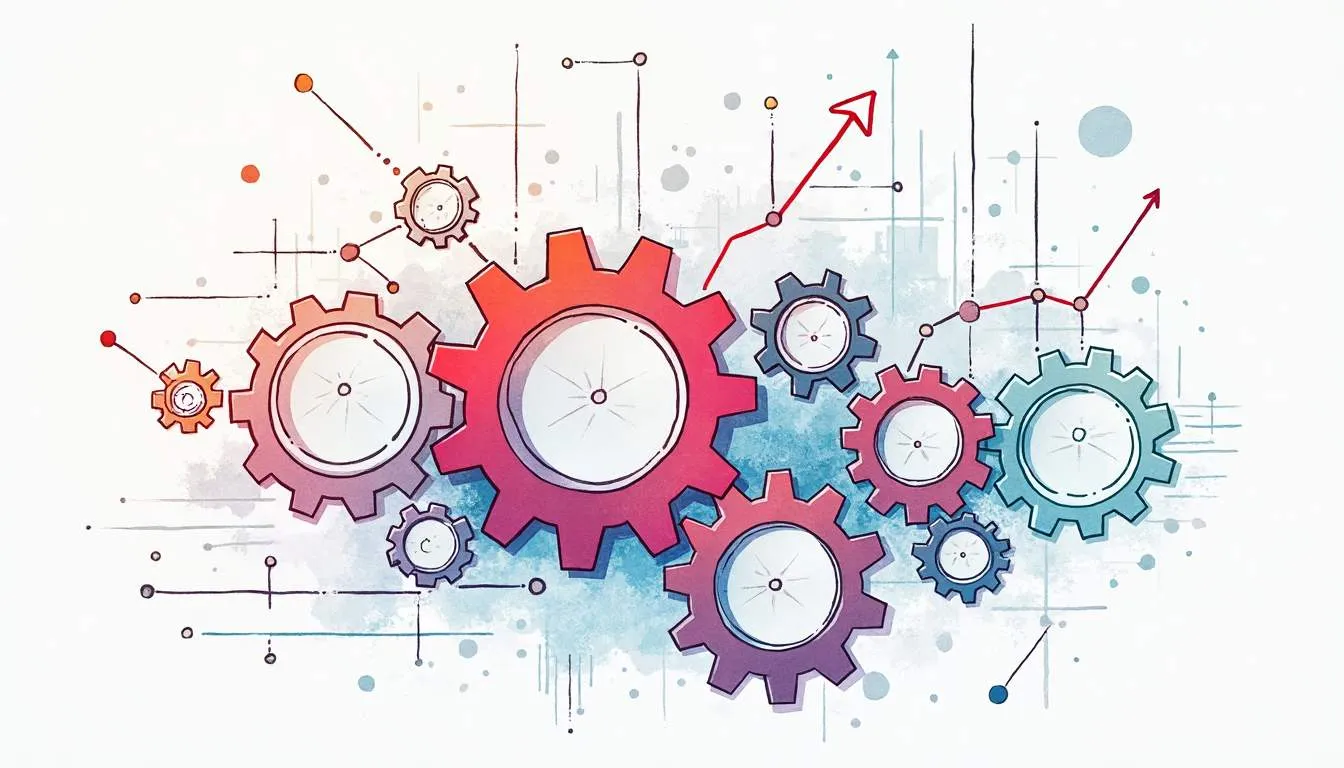


Product Engineering Team Scaling Strategies
Scaling a product engineering team is a critical challenge that many growing companies face. As demand for innovative products increases and market competition intensifies, organizations must expand their engineering capabilities without sacrificing quality, agility, or culture. The process is much more than simply hiring more engineers; it involves strategic planning, effective management, and the right tools to maintain productivity and collaboration.
In this article, we explore practical strategies for scaling product engineering teams successfully. From managing remote teams to selecting communication tools and performance systems, these insights are designed to help engineering leaders navigate growth while fostering innovation and cohesion.
Remote Team Management
With the rise of remote work, especially accelerated by the global pandemic, managing distributed product engineering teams has become a norm rather than an exception. Remote team management requires a shift in leadership style and operational processes to accommodate geographical dispersion and time zone differences.
One of the first steps in scaling a product engineering team remotely is establishing clear expectations and accountability. Without physical proximity, engineers need well-defined goals, deliverables, and timelines. Using frameworks such as Objectives and Key Results (OKRs) can help align individual contributions with broader company objectives, ensuring everyone understands their role in the product’s success.
Building trust is another cornerstone of effective remote team management. Leaders should prioritize transparency by sharing project updates, challenges, and successes openly. Regular check-ins—whether daily stand-ups or weekly retrospectives—help maintain visibility into progress and foster a sense of belonging. Encouraging informal interactions through virtual coffee chats or team-building activities can also mitigate feelings of isolation.
Additionally, cultural sensitivity and inclusivity become paramount when managing a diverse remote team. Recognizing different communication styles, holidays, and work habits helps create an environment where all engineers feel valued and motivated. Providing flexibility in working hours can accommodate personal circumstances and improve overall productivity. This flexibility not only respects individual work-life balance but also allows teams to leverage their diverse time zones for continuous progress on projects, creating a truly round-the-clock development cycle.
Finally, investing in remote onboarding processes ensures new hires integrate smoothly into the team. Comprehensive documentation, mentorship programs, and interactive training sessions help newcomers understand the company’s technology stack, workflows, and values quickly, reducing ramp-up time and enhancing retention. Moreover, incorporating feedback loops during the onboarding process can help refine these practices, ensuring that they evolve with the team’s needs. This ongoing evaluation can lead to a more engaging and effective onboarding experience, ultimately contributing to a stronger team dynamic and improved performance.
Moreover, leveraging technology plays a significant role in remote team management. Utilizing collaboration tools like Slack, Trello, or Asana can streamline communication and project management, making it easier for teams to stay organized and connected. Video conferencing platforms such as Zoom or Microsoft Teams not only facilitate meetings but also allow for face-to-face interactions that can enhance relationships and collaboration. Regularly updating and training team members on these tools ensures that everyone is equipped to maximize their potential, fostering a culture of continuous improvement and adaptability in a fast-paced digital environment.
Communication Tools and Performance Systems
Effective communication is the backbone of any successful engineering team, and this becomes even more critical as teams scale. Selecting the right communication tools can bridge gaps caused by remote work, different time zones, and increasing team size.
Popular tools like Slack, Microsoft Teams, and Zoom provide real-time messaging, video conferencing, and file sharing capabilities that keep teams connected. However, to avoid communication overload, it’s essential to establish guidelines on tool usage. For example, reserving instant messaging for quick questions and using project management platforms like Jira or Asana for task tracking can streamline workflows and reduce distractions.
Documentation platforms such as Confluence or Notion serve as centralized knowledge bases where engineering teams can store design documents, coding standards, and meeting notes. This ensures that information is accessible and reduces dependency on synchronous communication, which can be challenging across time zones. Additionally, having a well-maintained documentation system fosters a culture of knowledge sharing and empowers team members to find answers independently, thereby enhancing overall productivity.
Performance management systems also play a vital role in scaling engineering teams. Implementing continuous feedback mechanisms, such as peer reviews and one-on-one meetings, helps identify growth opportunities and address challenges promptly. Many companies adopt performance platforms like Lattice or 15Five to facilitate goal setting, feedback collection, and performance evaluations in an organized manner. These platforms not only help in tracking individual performance but also encourage a culture of open communication where team members feel valued and heard.
Moreover, tracking engineering metrics can provide insights into team productivity and product quality. Metrics such as cycle time, deployment frequency, and defect rates enable leaders to make data-driven decisions and identify bottlenecks. However, it’s important to balance quantitative data with qualitative feedback to maintain a healthy team culture and avoid overemphasis on numbers. Regularly reviewing these metrics in team meetings can foster a sense of shared responsibility and motivate team members to contribute to collective goals.
Integrating communication tools with performance systems can further enhance transparency and accountability. For instance, linking task updates in project management software with communication channels ensures that everyone stays informed about progress without redundant meetings. This integration can also facilitate automated notifications for deadlines or changes in project status, allowing team members to prioritize their work effectively and stay aligned with team objectives.
In summary, scaling product engineering teams successfully requires a holistic approach that combines thoughtful remote team management with the strategic use of communication and performance tools. By fostering clear communication, trust, and continuous improvement, organizations can maintain agility and innovation even as their teams grow significantly. Furthermore, investing in training sessions to familiarize team members with these tools can significantly enhance their effectiveness, ensuring that everyone is on the same page and fully equipped to leverage the technology at their disposal.

Want to see how wednesday can help you grow?




